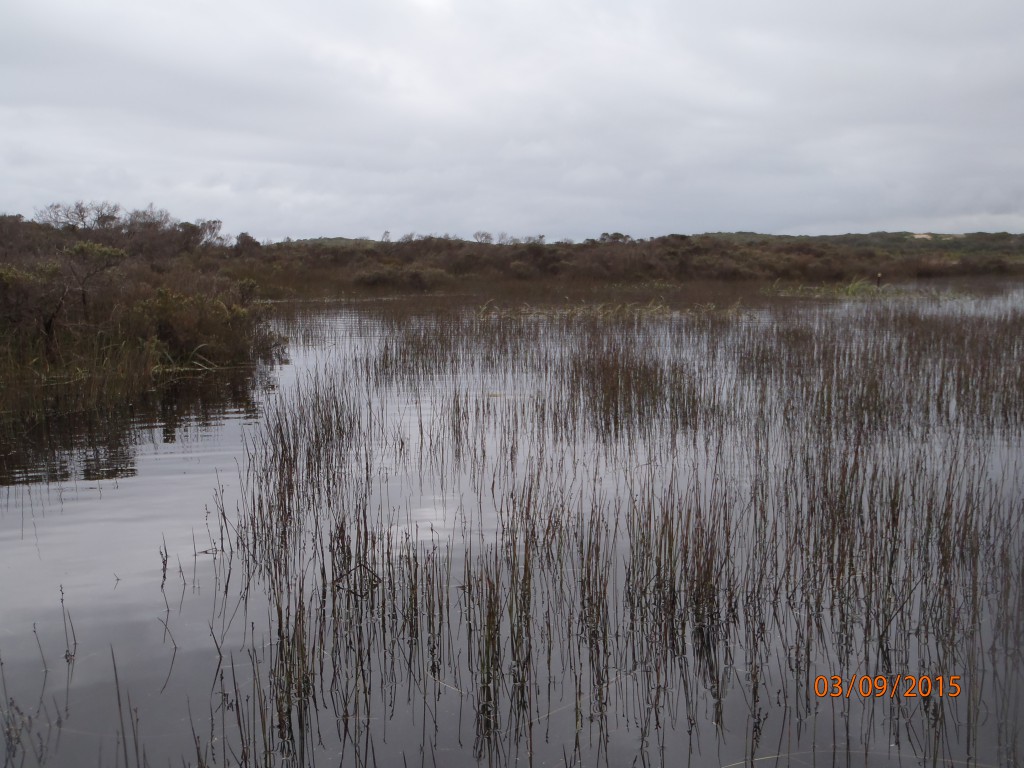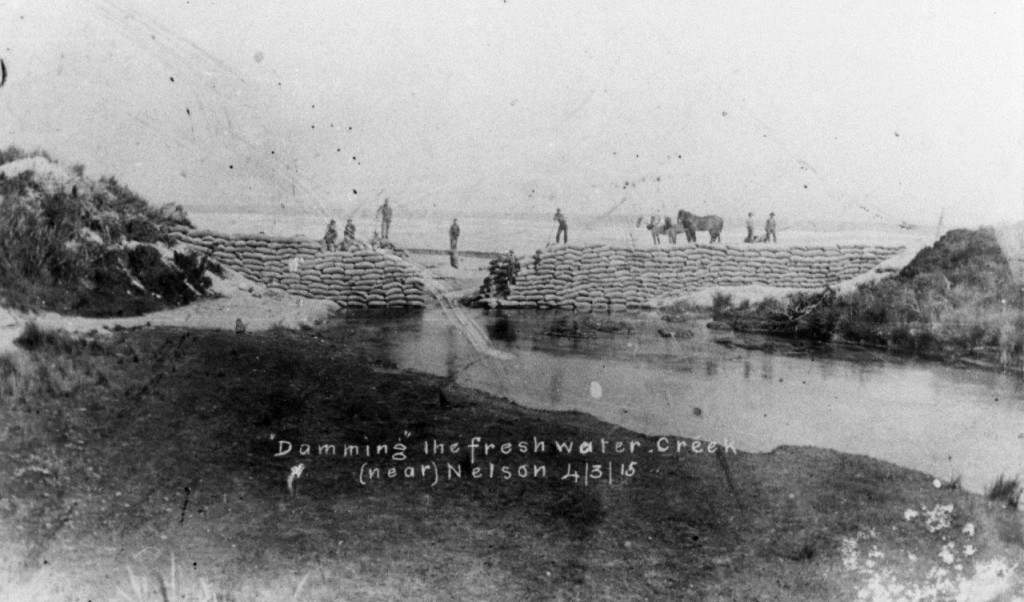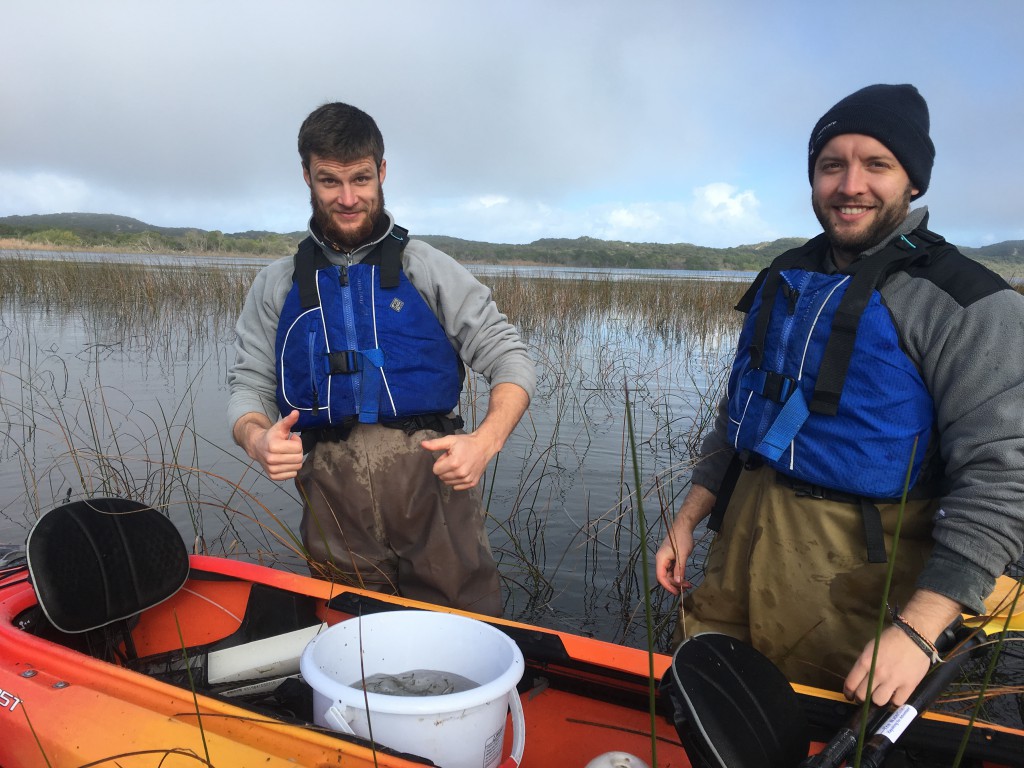Glenelg River Information Night a big success!
Earlier this month, we were excited to host a Glenelg River Information Night at the Nelson Hotel. The night was a great way of providing community members with an update on a number of our regional projects, all of which involve significant involvement from the local community. The night was a big success, with over 30 people gathering in the dining room to learn more about the nature in their own ‘backyard.’
Mark spoke first, providing a historical background on Long Swamp and the several previous failed attempts to restore natural flows from the wetlands either side of the Glenelg back to the estuary. While some previous attempts used ‘horse power’ to move sand, we were largely reliant on ‘people power’! The audience enjoyed being taken back in time, looking at historic photographs and maps from the region. Mark went on to provide an overview of the Long Swamp restoration trial, and summarised the hydrological responses to date.
Liam Turner, who recently finished an internship with NGT, then presented an informative talk on the fish communities of Long Swamp. Liam highlighted how several native species have been quick to respond and capitalise on the newly created aquatic habitat achieved through our restoration work. The audience also learnt about the importance of the lower Glenelg River estuary and Oxbow Lake in providing nursery habitat for several important estuarine species.

Newly inundated fringing areas of Nobles Rocks is now home to little galaxias. The species colonised the site in late 2015, following the completion of our restoration works and subsequent recovery of aquatic habitat.
I concluded the night by providing an overview on the mulloway citizen science project. Angler or not, the audience was interested to learn more about fish biology, including how we determine the age of a fish. The talk was a great way of providing feedback on the research to Nelson locals that have been involved in the program from the very beginning. A reminder to all anglers, the project (funded by the Victoria Government) will continue for the next two years, so keep your donations coming in!

Local publican with his 123 cm mulloway caught from the Glenelg River in November 2015. The otolith section reveals the fish to be just 10 years of age!
Following the talks, a light supper was served (thanks to the Nelson Hotel staff) which provided a great opportunity to mingle. For me personally, it was great connecting with new recreational anglers that were eager to get involved in the citizen science program.
Finally, a big congratulations to Liam who will be embarking on the next chapter of his career by taking on a turtle monitoring internship in Western Australia. On behalf of NGT, I’d like to thank Liam for his commitment and enthusiasm he’s shown while working with us :).



